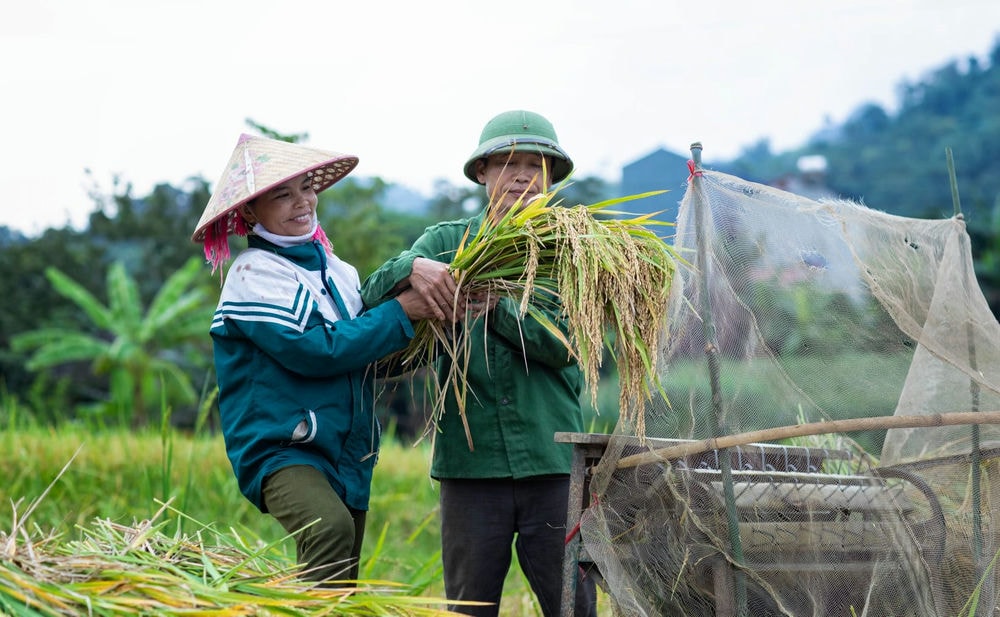Introducing Van Ho Agritage
For mountain residents, whose lives depend entirely on forests, preserving forests instead of exploiting them presents challenges in terms of employment and food security. Relying solely on agricultural cultivation isn’t sufficient for a better life, leading villagers to migrate to cities in search of work.
Since 2019, Agritage has been involved in Ban Buot, collaborating with villagers and local authorities to establish Vietnam’s first heritage agricultural village. Together, we engage in agriculture and ecological forestry, reclaiming degraded slopes. The indigenous knowledge of the Thai and Muong people is preserved and disseminated through agricultural farming and community tourism activities. This effort has provided job opportunities within the village itself. Fifty-nine households, comprising more than 200 individuals in Buot village, have united under the Dong Rung Cooperative. At Van Ho Agritage, we adhere to five key criteria that define the concept of a Heritage Agricultural Village from Agritage Vietnam’s perspective, which are:
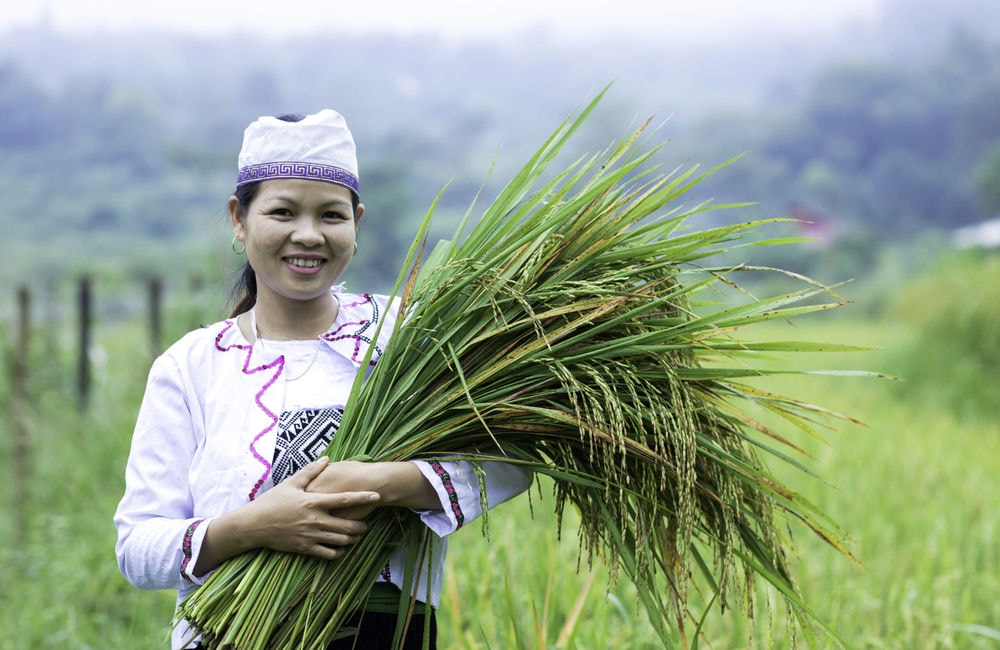
(I) Sustainable livelihoods and food security:
Currently, Van Ho Agritage is cultivating specialty rice, upland sticky rice, and native seeds such as red peanuts and green black beans, along with other crops to meet the village’s consumption needs and generate income. We established the Van Ho Dong Rung Cooperative and developed the Dong Rung Agricultural Products brand, offering two typical product lines: Dong Rung Rice and Dong Rung Indigenous Seeds. Villagers employ ancient knowledge from the Thai and Muong people, utilizing methods for irrigation, and crafting biological pesticides from native plants like neem, soapberry, chili, garlic, and ginger. We are committed to organic agricultural cultivation according to PGS (Participatory Guarantee System) standards. Van Ho Agritage is the founding member of Van Ho PGS, dedicated to organic agriculture alongside the Vietnam Organic Agriculture Association and Vietnam PGS.
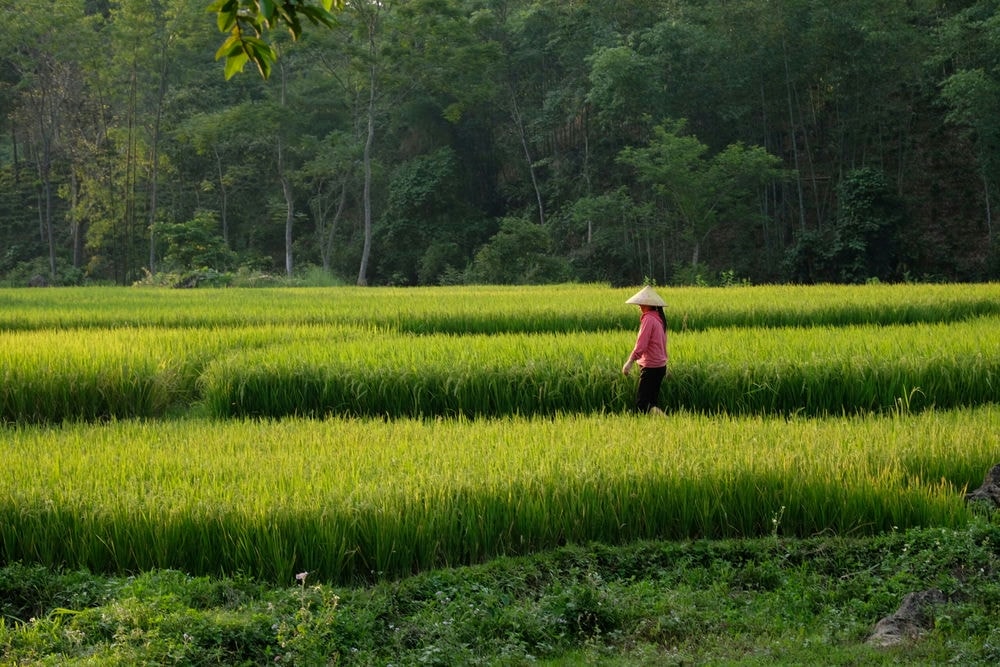
(II) Biodiversity in agriculture:
We strive to diversify animal, plant, and microorganism species in agricultural cultivation, aquaculture, and forestry exploitation activities in the village. Natural farming practices such as homemade microbial fertilizers, symbiotic plant and grass growth, and pest control through natural epidemics help farmers respond to drought, erosion, landslides, and enrich soil microorganisms. The Ecological Forest Garden model is implemented on high-slope cultivated lands prone to landslides and degradation. We collect, store, and propagate indigenous genetic resources from the village or other regions to support community farming or share with other areas.
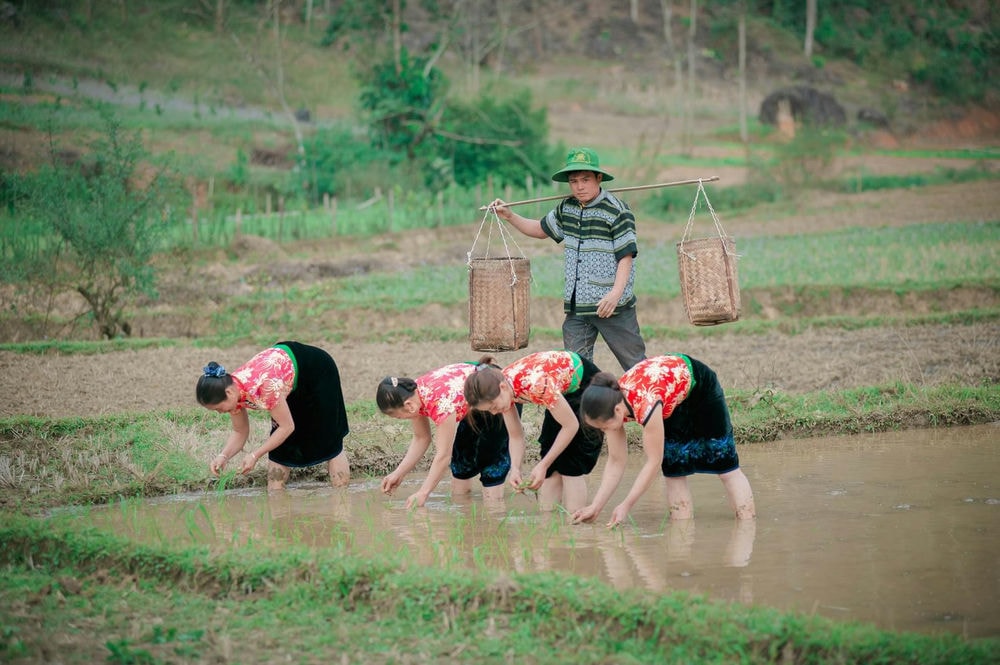
(III) Restoration and preservation of indigenous knowledge systems in agricultural cultivation:
The Van Ho heritage agricultural village, mainly inhabited by the Thai and Muong people, possesses a rich valley culture. We leverage traditional expertise in water management for agricultural purposes, restoring and utilizing water tanks and irrigation ditches through collaboration with the community. Water is also harnessed as a natural source of electricity for the village.
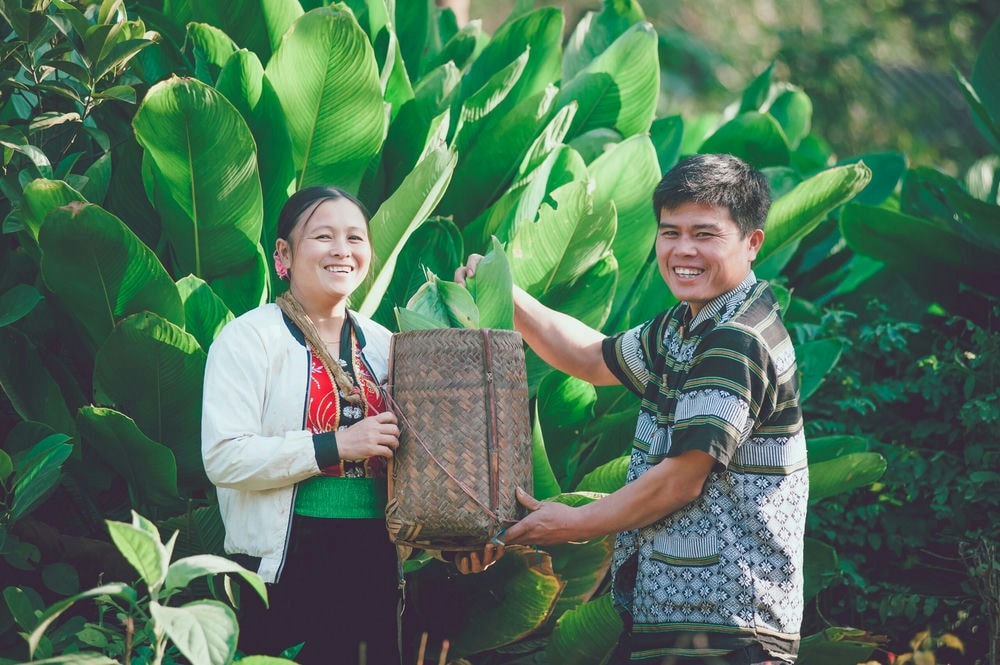
(IV) Cultural value system and community organization:
Community cultural elements are collectively preserved within the Heritage Agriculture village. We promote community tourism to provide employment opportunities, generate income, and instill pride in cultural roots. Community Cooperatives are established with villagers’ participation in governance, ensuring respect for existing community structures and fostering the highest level of community autonomy. These cooperatives represent the villagers’ interests and collaborate with various partners to create development opportunities for Heritage Agricultural Village residents.
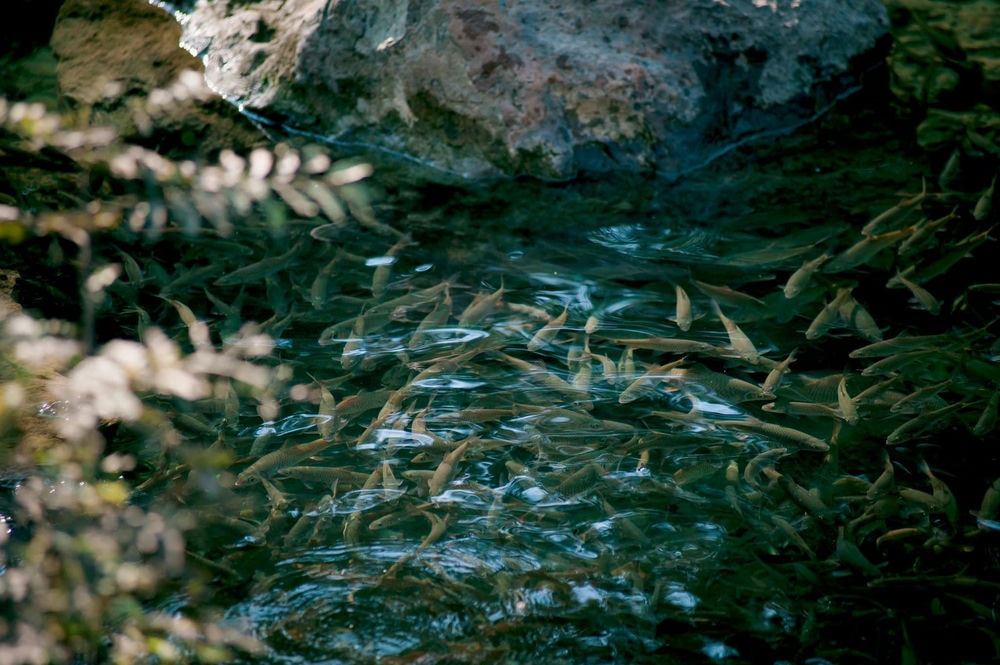
(V) Characteristic landscape system:
A genuine heritage agricultural village conserves landscape systems reflective of community culture. Van Ho Heritage Agricultural Village, home to Thai residents with a distinctive valley culture, coexists harmoniously with streams and forests. Villagers collaborate across generations to preserve natural fish streams and ancient forests. The most prominent landscape features include layered vegetation typical of Northwest tropical forests and cave systems formed over many years of erosion. The preservation of the natural fish stream underscores the Buot village residents’ harmonious relationship with nature.

